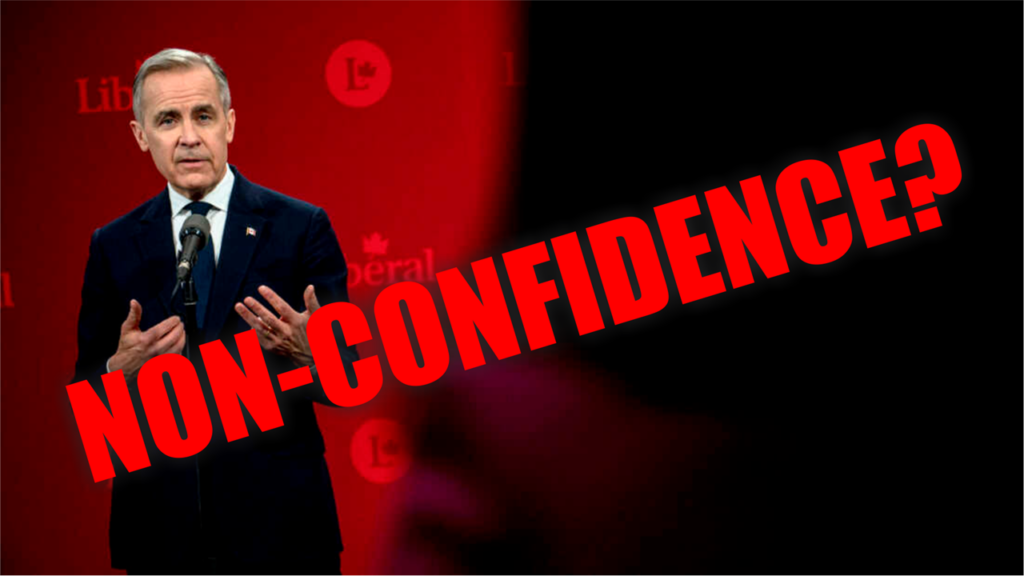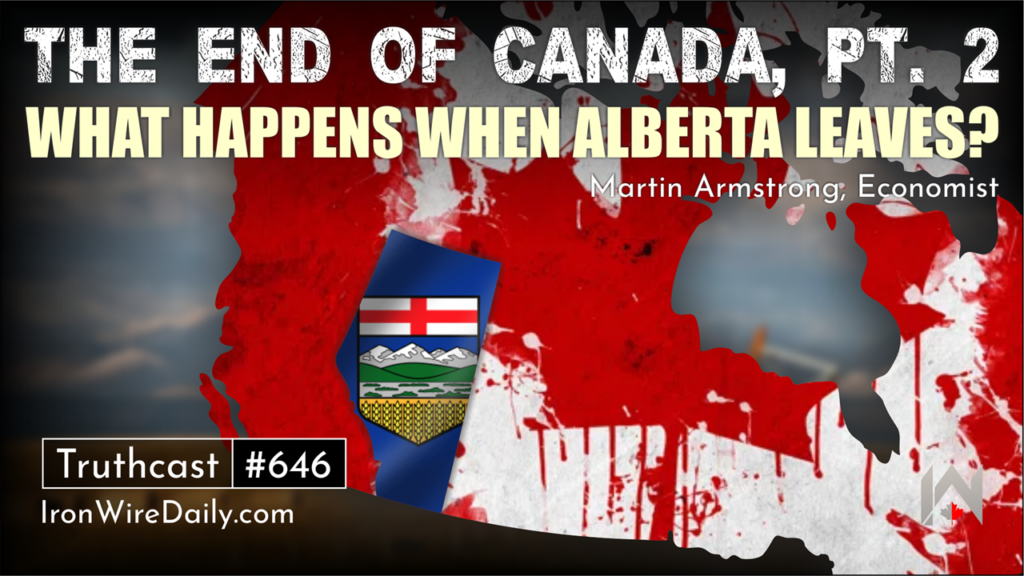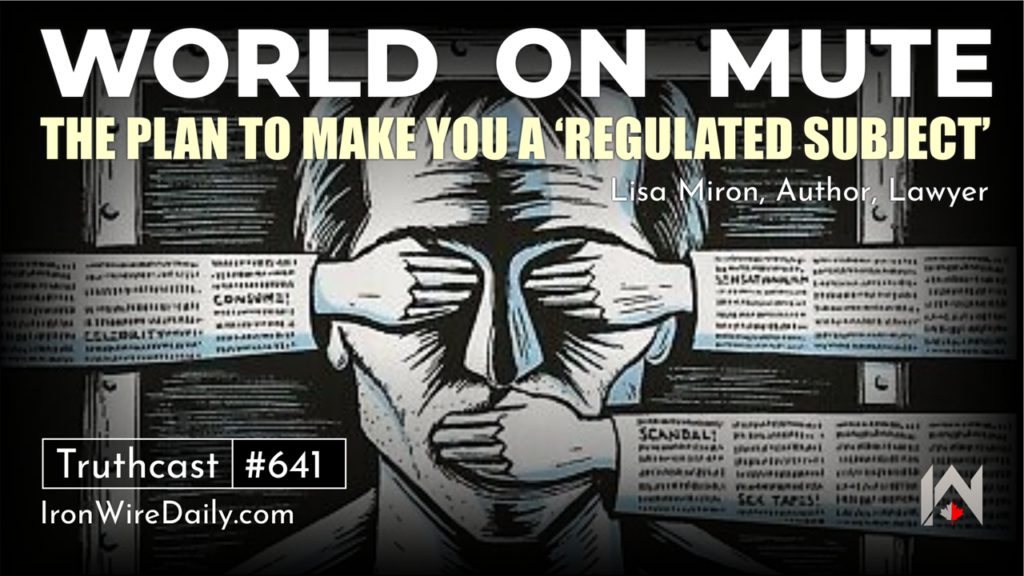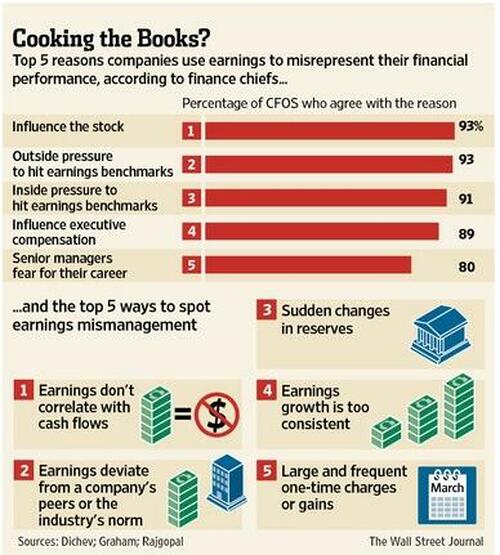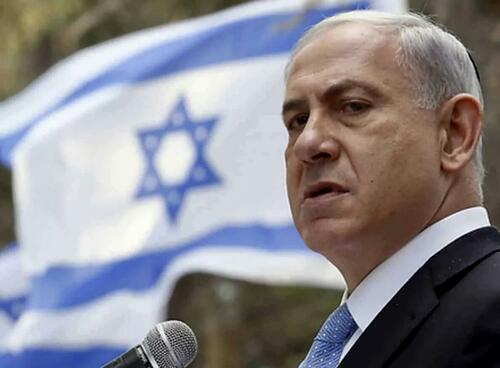BROKEN PROMISES, FALSE NARRATIVES | Friends of Science
Businessman in the carbon tax concept
” data-medium-file=”https://blog.friendsofscience.org/wp-content/uploads/2025/05/Broken-Promises-AdobeStock-300×200.jpeg” data-large-file=”https://blog.friendsofscience.org/wp-content/uploads/2025/05/Broken-Promises-AdobeStock-1024×683.jpeg” src=”https://blog.friendsofscience.org/wp-content/uploads/2025/05/Broken-Promises-AdobeStock-1024×683.jpeg” alt >
Contributed by Robert Lyman © 2025. Robert Lyman’s bio can be read here.
EXECUTIVE SUMMARY
According to Google, there is significant progress being made towards attaining Net-Zero greenhouse gas emissions globally. This article will explain why this is misleading. In fact, the “world” is not on a track to reducing greenhouse gas (GHG) emissions in a manner that would support attainment of the Net-Zero goals. It will examine the past and present trends in GHG emissions, the degree to which the countries of the world have fulfilled their alleged commitments to reduce emissions, and the contrast between funds spent on so-called “clean energy” investments and the actual uses of energy.
From 2013 to 2023, global GHG emissions from energy increased from 32.7 billion to 35.1 billion tonnes of carbon dioxide equivalent (GtCO2eq). Emissions declined in Europe and the Americas, but increased by four times as much in the rest of the world.
According to the Carbon Action Tracker, as of November 2023, around 145 countries had “announced or were considering net-zero targets covering close to 90% of global emissions”. However, these countries included China, India, and several Asia-Pacific ad Middle Eastern countries. These are, in fact, among the largest sources of increased emissions. China alone increased its emissions over the 2013 to 2023 period by two billion tonnes per year.
Only five countries or regions (Chile, Columbia, Costa Rica, the European Union and the United Kingdom), representing 7% of the world’s emissions, are following what the Tracker calls “acceptable” policies, meaning ones that are consistent with the Net-Zero objective. The Tracker only reports in detail on 41 countries, which it says account for 88% of global emissions; 36 of them are not even remotely on track to meet the Net-Zero objective.
It is true that investment on so-called “clean energy” has increased. Over the period 2015 to 2023 inclusive, total expenditures on clean energy were USD 11,721 billion (i.e. USD 11.7 trillion). However, the actual consumption of energy worldwide still strongly relies on conventional sources. In 2023, the world’s primary energy consumption totaled 620 exajoules. Of that total, fossil fuels (oil, natural gas and coal) provided 505 exajoules, or 81%. Failure to invest enough in these sources may place future security of supply at risk, especially in the poorer countries.
The UN Environment Program has calculated the effect of current policies on global emissions under different scenarios. Under a scenario in which current policies prevail, the median projection is that global emissions will stay at about the same as current levels to 2030 even if countries take all the measures that they have identified in their five-year plans submitted to the United Nations. With present policies and fulfillment of new commitments, the world will still face an emissions “gap” (i.e. an emissions level exceeding that necessary to restrain global temperature rises to no more than 1.5 degrees C. over pre-industrial levels) of 22 billion tonnes of carbon dioxide equivalent in 2030 and 36 billion tonnes in 2050.
In short, the developing countries produce almost 70% of global emissions and are growing their economies to meet the aspirations of their citizens, further increasing their emissions. Many western governments offer “pledges” for emissions reduction that they either cannot or will not meet even within their own jurisdictions, and they (understandably) refuse to pay the trillions of dollars in climate aid demanded by the developing countries. To make matters worse, they continue to produce false narratives and impose ever-more severe restrictions and economic costs on their citizens. One can only wonder how long the charade can continue.

